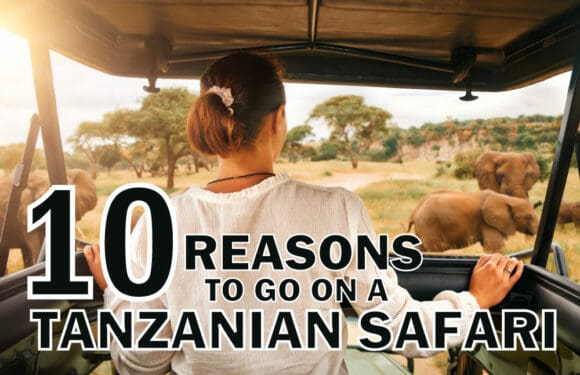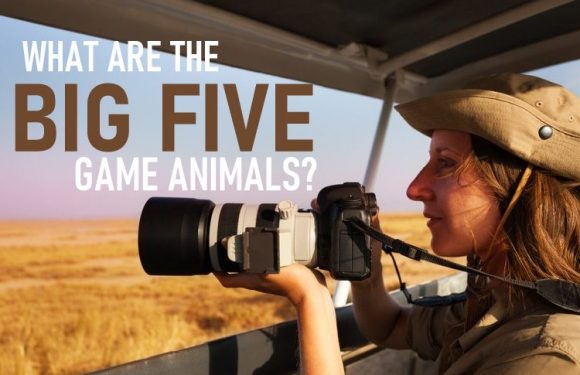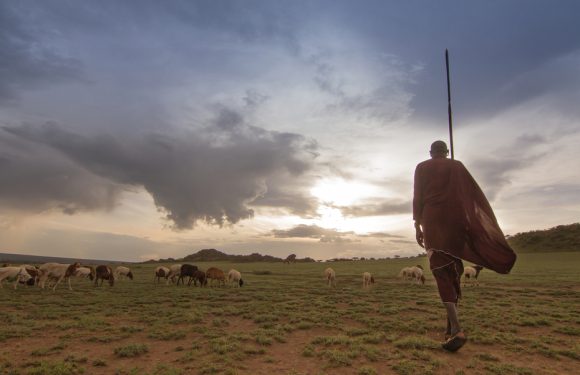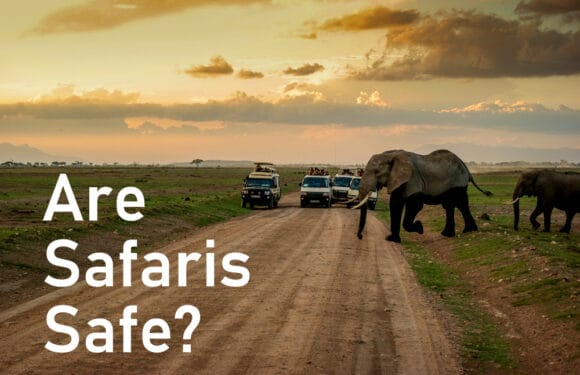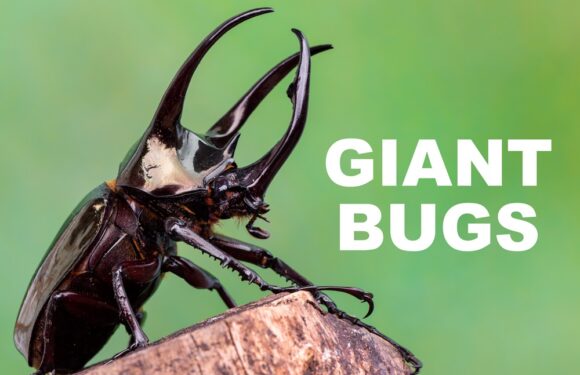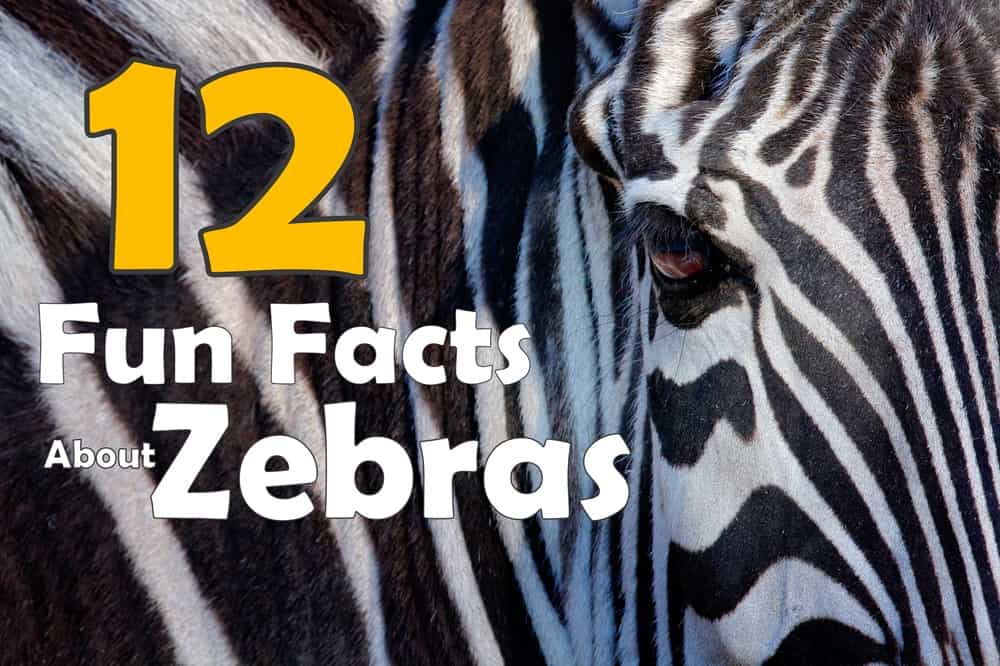
Tanzania’s sprawling savannas and grasslands are home to diverse wildlife, but among the most visually distinctive is the zebra. These striped animals are not just eye-catching; they hold a unique place in the animal kingdom.
Let’s explore 12 fun facts about zebras.
1. Zebra Stripes are for Defense
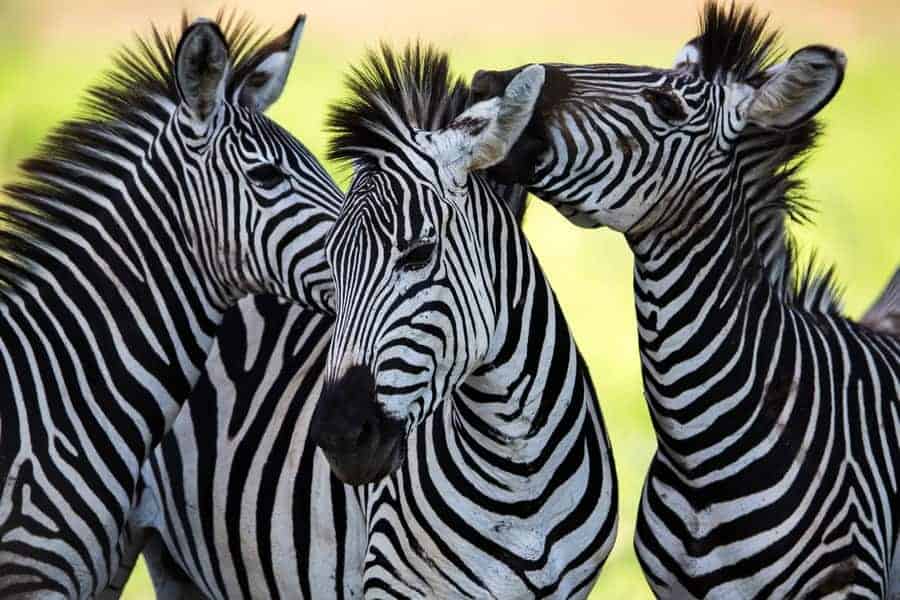
Those bold, contrasting black and white stripes are more than just a fashion statement. They serve a crucial purpose in the animal kingdom. Zebras’ stripes are believed to confuse predators, making it challenging to single out an individual from the herd. Additionally, they could help regulate the zebra’s body temperature and act as a form of bug repellent.
2. There are Three Zebra Species
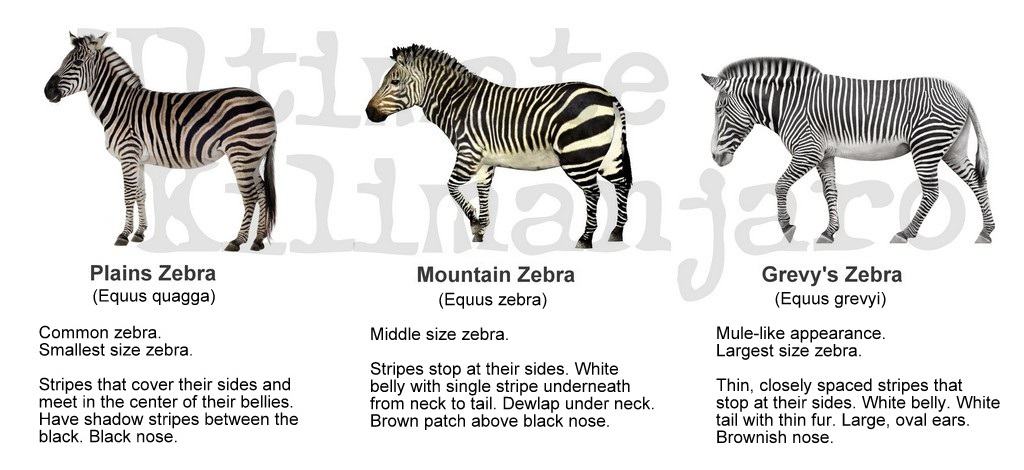
Zebras are herbivorous mammals and members of the horse family. They share the genus Equus with horses and asses, the three groups being the only living members of the family Equidae. Tanzania is home to several zebra species, each with its own distinctive features and habitats – the Plains Zebra, Mountain Zebra, and Grevy’s Zebra.
3. Stripes are Nature’s Barcodes
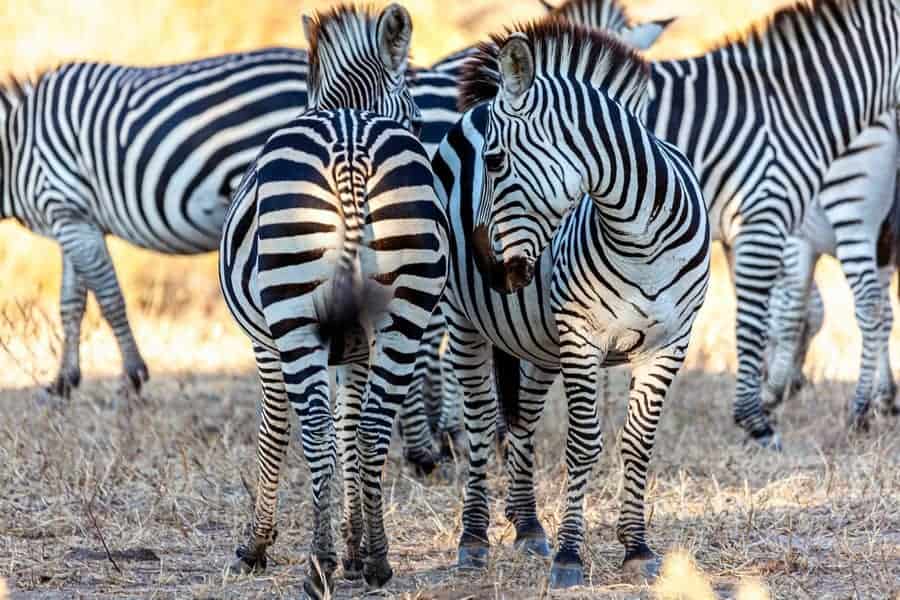
Just like human fingerprints, no two zebras have the same stripe pattern. Researchers can identify individual zebras by studying their distinct patterns, which is an invaluable tool for conservation efforts. Scientists believe their stripes may have a social purpose and help zebra recognize each other.
4. Zebras are Black With White Stripes
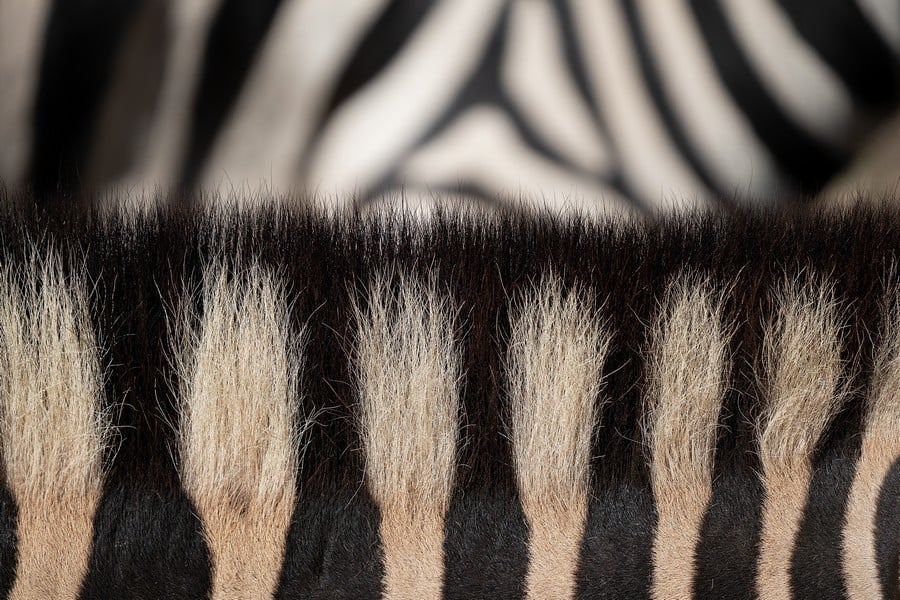
While most people would think a zebra is white with black stripes, the opposite is true. Most zebras have dark skin and black and white fur. The fur grows from follicles that contain the pigment-generating melanocyte cells, suggesting that black is the default color of the fur. The white fur lacks pigmentation.
5. They Communicate by Vocalization
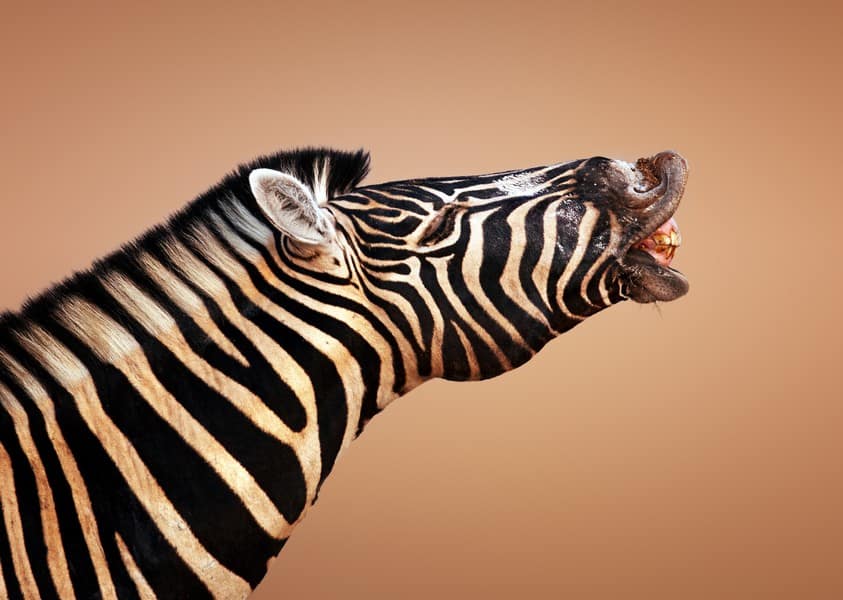
Zebras have an impressive repertoire of vocalizations and body language to communicate with each other. Whinnying, braying, and even ear position convey information about danger, dominance, and other social cues.
6. Zebras aren’t Picky Eaters
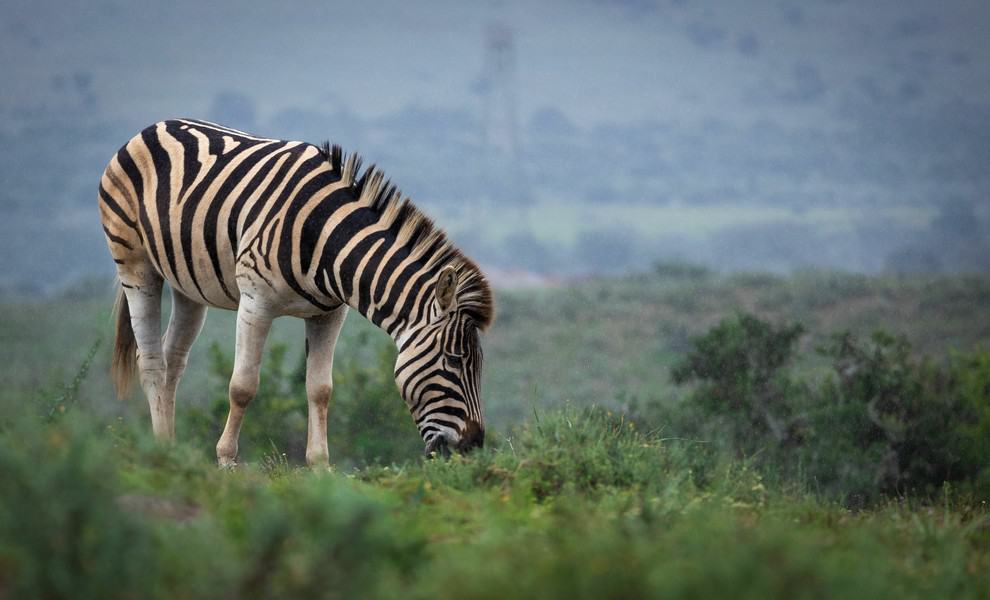
Zebras are herbivores, primarily feeding on grasses and other vegetation. Their digestive systems are adapted to break down fibrous vegetation, enabling them to thrive in the grasslands of Tanzania. Their ability to graze on makes them essential components of the food web, as they help control the growth of vegetation and maintain the balance of their ecosystems.
7. They Migrate Like Wildebeest
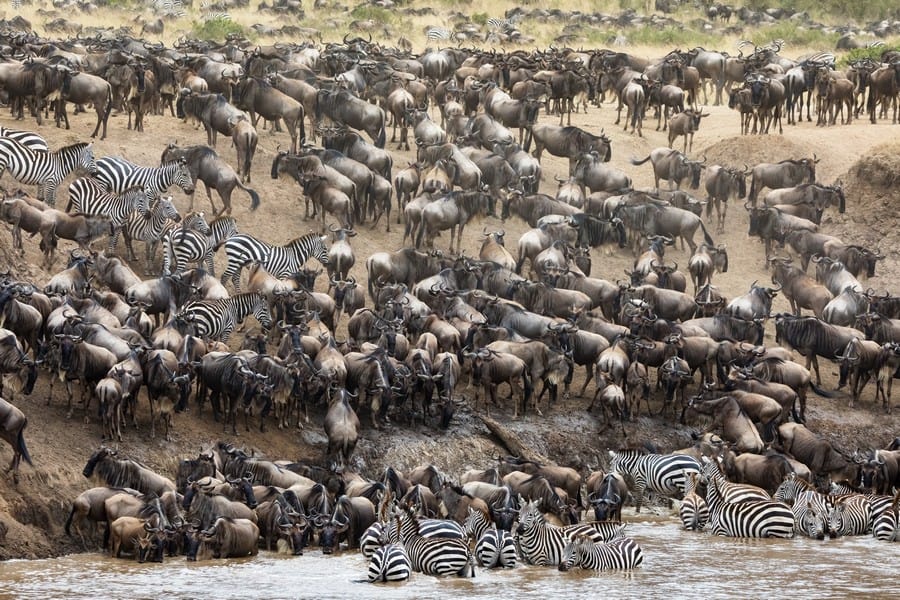
Just like the famous wildebeest migration, zebras participate in mass migrations in Tanzania. They follow the seasonal rains in search of fresh grass and water. Zebras are highly adaptable and can be found in a variety of habitats, including grasslands, savannas, woodlands, and open plains.
8. Zebras Use Their Speed to Escape Danger
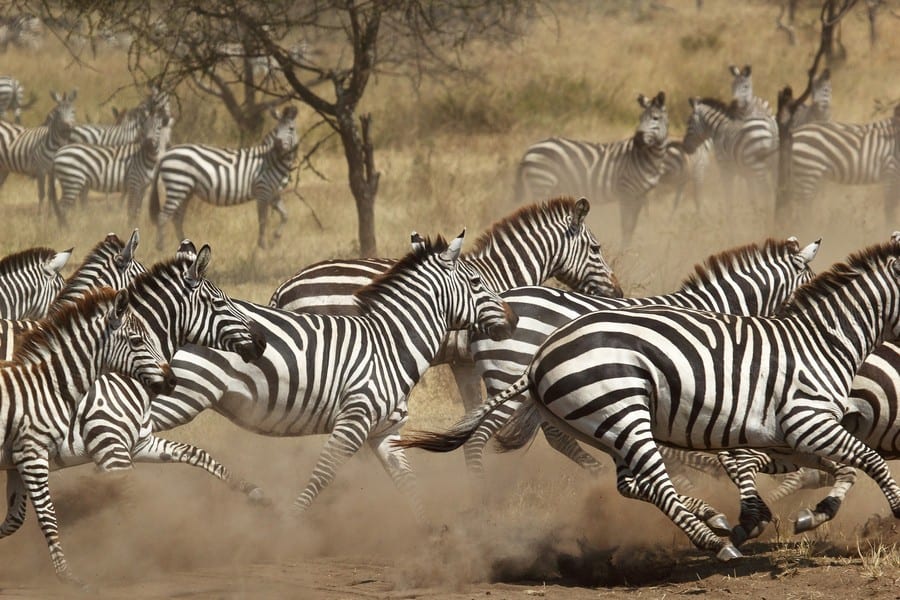
Zebras are vulnerable to predators like lions, hyenas, and leopards. They rely on their speed and agility to evade potential attackers. They can move at speeds of up to 40 miles per hour and possess exceptional stamina, allowing them to run for extended periods. Additionally, they can deliver a powerful kick to keep predators away when being chased.
9. A Group is a Dazzle
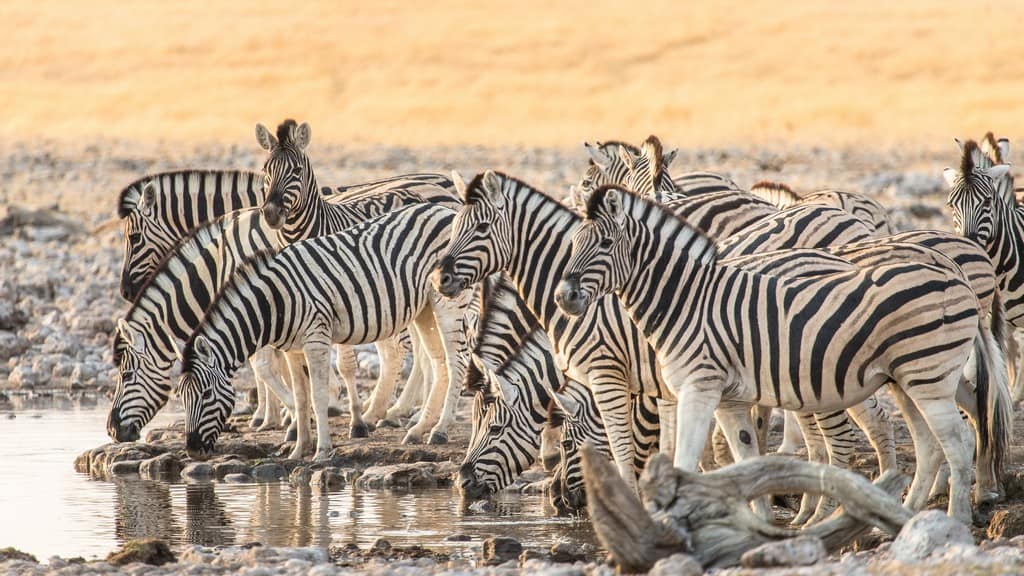
Zebras are social animals, often found in herds. However, groups of zebras can also be refered to as a zeal or a dazzle. A dazzle of zebras was coined in the early 1900’s, refer to visual impact of seeing a large group of zebras running. The word dazzle means to blind or confuse someone temporarily with light.
10. They Have Great Eyesight
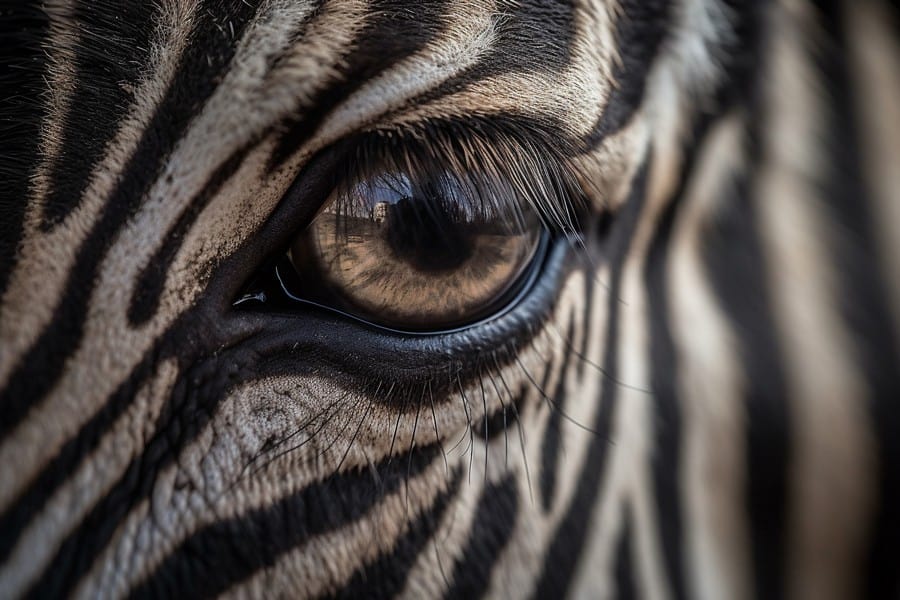
Unlike their migrating companions, the wildebeest, Zebras have excellent eyesight. They have eyes on the sides of its head, giving it a wide field of view. They are able to see well during the day and at night. And despite being monochrome themselves, zebra are able to see in full color.
11. Horses and Zebras Share a Common Ancestor
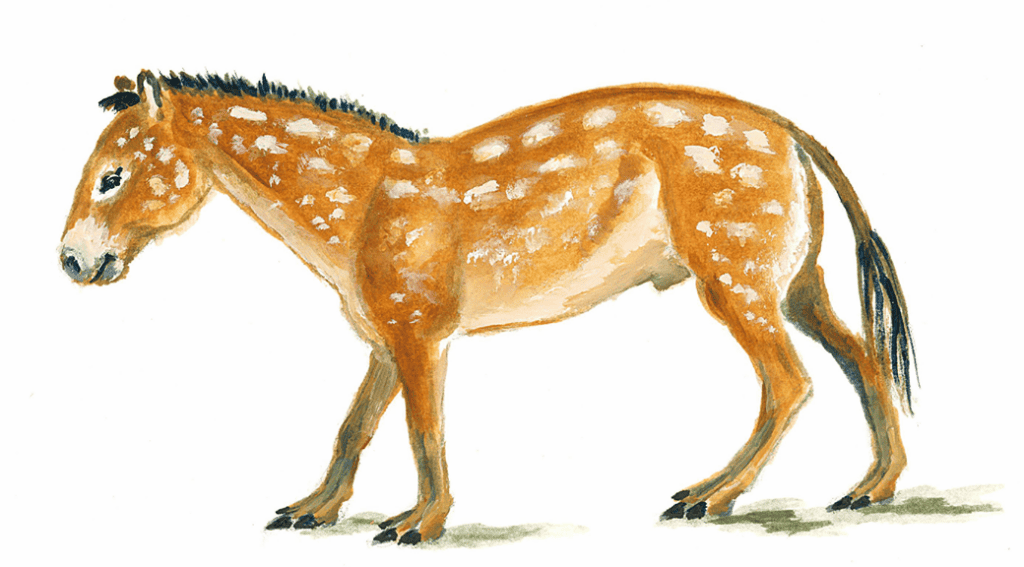
Horses, donkeys, and zebras are believed to have shared a common ancestor named Eohippus, also know as the dawn horse. As the first horse, the extinct Eohippus lived approximately 55 to 58 million years ago. It was only about 1-2 feet tall at the shoulders and had 4 toes on each front foot and 3 toes on the hind feet.
12. Zebras are Part of African Folklore

In Tanzania, and among indigenous communities in Africa, zebras hold cultural significance. They’re featured in myths, stories, and traditional ceremonies. In one popular story, the zebra, which was once all white, fought and won a battle against a baboon who was guarding a waterhole. In the process the zebra fell into the baboon’s campfire, resulting in its black stripes.
Zebra Quick Facts
- Scientific Name: Equus quagga or E. burchellii; E. zebra, E. grevyi
- Common Names Plains or Burchell’s Zebra; Mountain Zebra; Grevy’s Zebra
- Size: Plains, 3.6-4.8 feet tall; mountain, 3.8-4.8 feet tall; Grevy’s, 4.1-5.2 feet tall
- Weight: Plains, 400-850 pounds; mountain zebra, 450-950 pounds; Grevy’s zebra, 770–990 pounds
- Lifespan: 10–11 years
- Diet: Herbivore
- Population: Plains: 150,000–250,000; Grevy’s: 2,680; mountain: 35,000
- Habitat: Once widespread in Africa, now in separate populations
- Conservation Status: Endangered (Grevy’s zebra), Vulnerable (mountain zebra), Near Threatened (plains zebra)
Come See Zebras in Tanzania
While on a Tanzanian safari, whether in Serengeti National Park, Ngorongoro Crater, or Tarangire National Park, encountering zebras is almost guaranteed. Come join us on an Ultimate Kilimanjaro® safari and be dazzled by the spectacle.



















































